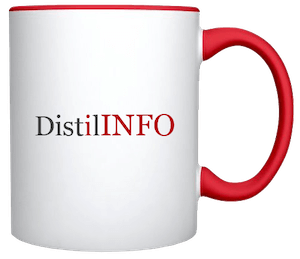The model will give providers the option of treating Medicare FFS patients at the scene, or using telehealth, and to transport them to less-costly care venues when appropriate.
The Department of Health and Human Services is launching a new payment model for ambulance services that federal officials believe could lower out-of-pocket costs for Medicare fee-for-service beneficiaries.
The Emergency Triage, Treat and Transport Model—ET3—allows ambulance companies to deliver on-the-scene or telehealth services to Medicare FFS patients, and transport them to alternative care venues, such as primary care doctors’ offices or urgent-care clinics.
The model will encourage development of medical triage lines for low-acuity 911 calls in regions where participating ambulance companies operate. The ET3 model will have a five-year performance period, starting in early 2020.
Want to publish your own articles on DistilINFO Publications?
Send us an email, we will get in touch with you.
Centers for Medicare & Medicaid Services Administrator Seema Verma said Thursday the model is designed to prod providers across the care continuum to more appropriately and inexpensively meet beneficiaries’ care needs.
“This model will help make how we pay for care more patient-centric by supporting care in more appropriate settings,” Verma said, “while saving emergency medical services providers precious time and resources to respond to more serious cases.”
Currently, Medicare primarily pays for unscheduled, emergency ambulance services when beneficiaries are transported to a hospital ED. This creates a financial incentive to transport all beneficiaries to the more-expensive ED, even when a cheaper care option is more appropriate.
Two New Payment Options
The ET3 model will expand to include two new ambulance payments:
- Payment for treatment with a healthcare provider, either on-the-scene or using telehealth;
- Payment for unscheduled, emergency transport of Medicare beneficiaries to alternative destinations, such as 24-hour care clinics, other than destinations covered under current regulations, including hospital EDs.
Participating ambulance companies and providers to earn up to a 5% payment adjustment in later years of the model based on quality measures that will also minimize any new reporting requirements, HHS said.
Providers and alternative care venues that partner with ambulance companies would receive payment as usual under Medicare for services rendered.
The model will be phased in to maximize participation across the country, and CMS will encourage ET3 participants to partner with other payers, including state Medicaid agencies.
CMS expects to release a Request for Applications in mid-2019 to solicit Medicare-enrolled ambulance companies.
In Fall 2019, to implement the triage lines for low-acuity 911 calls, CMS expects to issue a Notice of Funding Opportunity for a limited number of two-year cooperative agreements, available to local governments, or other entities have authority over 911 dispatches in geographic locations where ambulance companies have been picked to participate.
“This model will help make how we pay for care more patient-centric by supporting care in more appropriate settings while saving emergency medical services providers precious time and resources to respond to more serious cases.”
CMS Administrator Seema Verma
Date: February 20, 2019
Source: HealthLeaders







